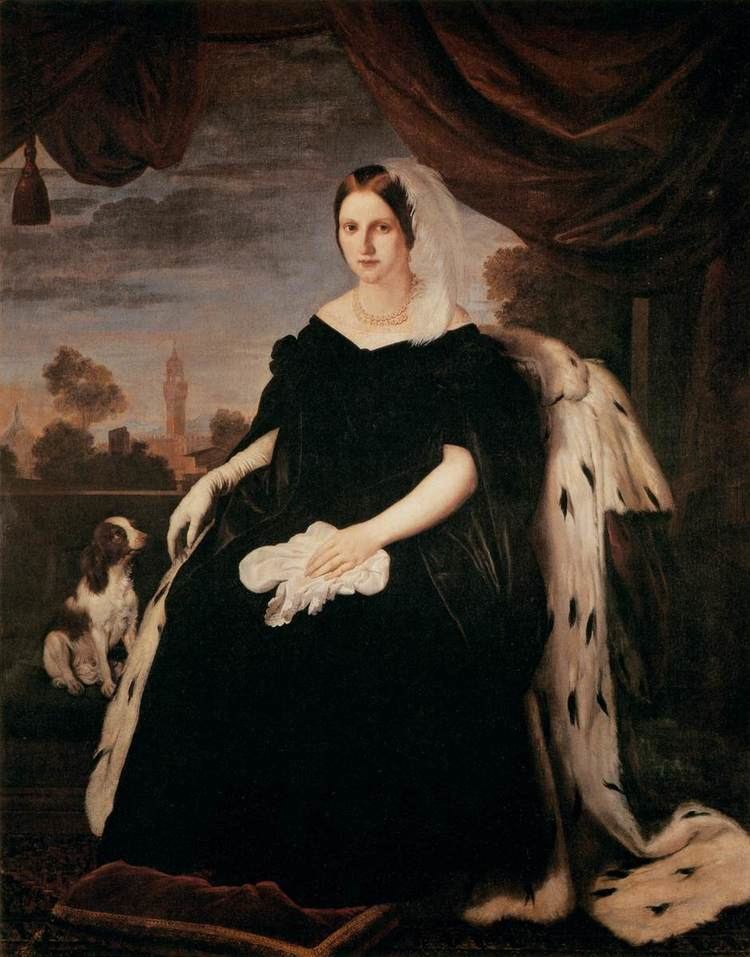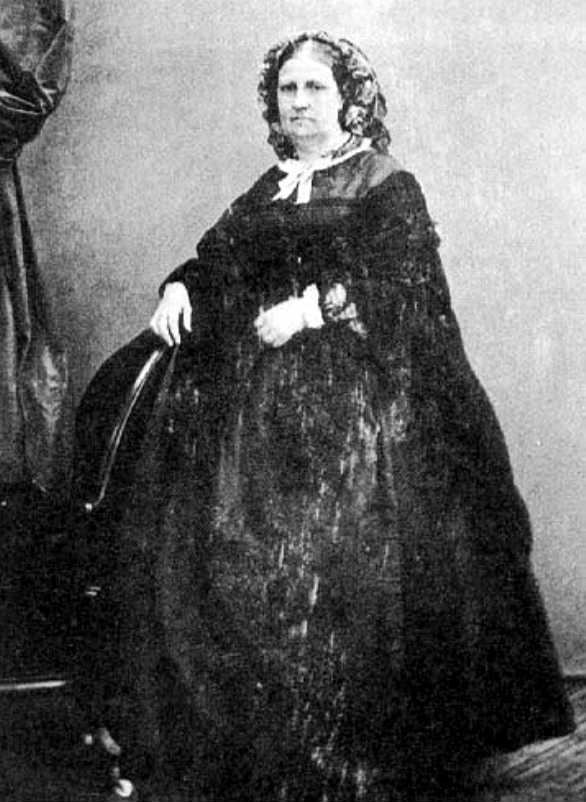Religion Roman Catholic | Name Princess Antonia | |
 | ||
Tenure 7 June 1833 – 21 July 1859 Born 19 December 1814Royal Palace of Palermo, Italy ( 1814-12-19 ) Issue Maria Isabella, Countess of TrapaniFerdinand IV, Grand Duke of TuscanyArchduke Karl SalvatorMaria Luisa, Princess of IsenburgArchduke John Salvator Children Archduke Karl Salvator of Austria Parents Maria Isabella of Spain, Francis I of the Two Sicilies Similar People Maria Isabella of Spain, Francis I of the Two Sicilies, Archduke Johann Salvator, Maria Theresa of Austria, Archduke Ludwig Salvator | ||
Princess Maria Antonia of the Two Sicilies (Maria Antonia Anna; 19 December 1814 – 7 November 1898) was the Grand Duchess of Tuscany from 1833 to 1859 as the consort of Leopold II. In signature, she used Maria Antonietta.
Contents

Biography
Maria Antonia was born at the Royal Palace of Palermo on 19 December 1814, daughter of Francis I of the Two Sicilies and his wife Maria Isabella of Spain, she was baptised Maria Antonia in honor of Maria Antonia-Anna's great-aunt Marie Antoinette, deceased sister of her grandmother Maria Carolina of Austria.
When she was born, the Neapolitan court had already moved to Sicily because Napoleonic troops had invaded the continental part of the realm. After a few months the royal family returned to Naples thanks to the Congress of Vienna.
She was particularly close to her brother the future Ferdinand II of the Two Sicilies, who affectionately dubbed her Totò.
Marriage and issue
In 1833, when she was eighteen, Maria Antonia married her first cousin Leopold II, Grand Duke of Tuscany, who was seventeen years older. Marie Antoinette and Leopold had ten children:
Tributes
The Piazza Maria Antonia – today Piazza dell'Indipendeza, the railway line Maria Antonia and the Maria Antonia train station, now called Firenze Santa Maria Novella, were named in her honour.
Revolution
In April 1859, before the Franco-Piedmont war against Austria, Leopold II proclaimed neutrality, but the Grand Ducal government was collapsing. People used vulgar insults towards the Grand Duchess and the troops gave signs of insubordination. On the afternoon of 27 April, Leopold II left the Palazzo Pitti through the Boboli door, stepping before an enraged mob on the streets and troops in open rebellion, heading toward Bologna. Shortly beforehand he had refused to abdicate in favour of his son, Ferdinand.
